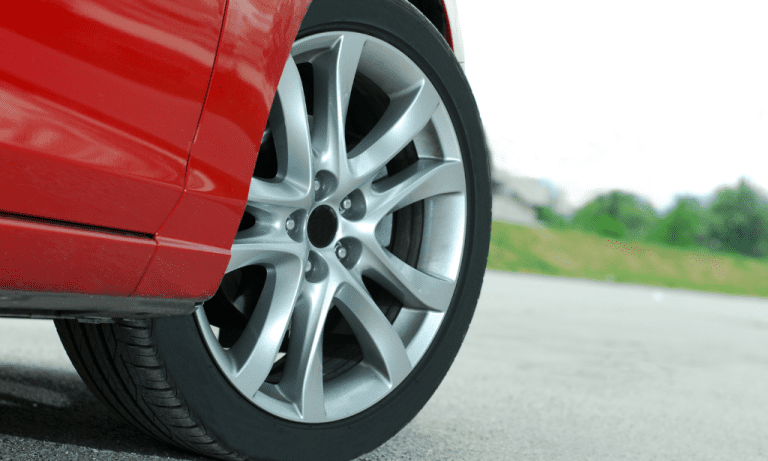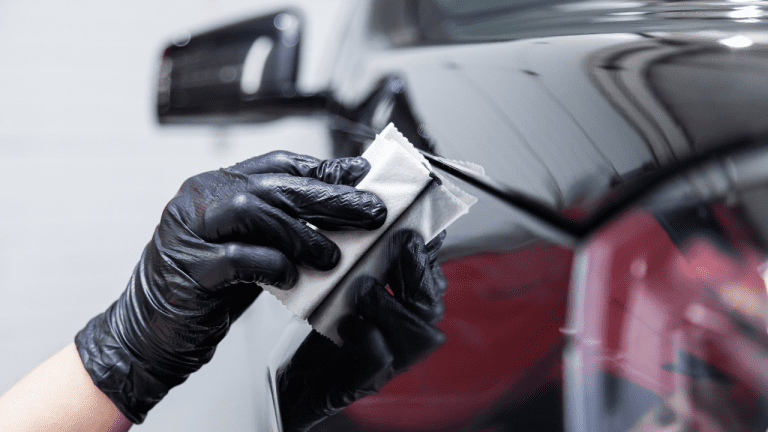How To Expertly Attach Patches To Headliner: Master the Process
To attach patches to a headliner, first, clean the area and apply a strong adhesive for a secure hold. Then, press the patch firmly onto the headliner, smoothing out any bubbles or wrinkles.
When it comes to customizing your vehicle’s interior, adding patches to the headliner can be a fun and personal touch. Whether you want to display your favorite band, sports team, or simply add some personality to your car, attaching patches to the headliner can be a simple yet effective way to achieve this.
By following a few steps, you can ensure that your patches are securely attached and enhance the overall appearance of your vehicle’s interior. In this article, we will guide you on how to attach patches to the headliner in an easy and hassle-free manner. So, let’s get started!
Preparing The Headliner For Patch Attachment
Preparing the headliner for patch attachment involves inspecting it for any damage and cleaning the surface. To begin, carefully examine the headliner for any tears, cracks, or holes. Next, clean the surface using a mild detergent or upholstery cleaner to remove any dirt or stains.
Be sure to avoid saturating the headliner with excessive moisture. Once the headliner is dry, choose the right adhesive for patch attachment. Consider the type of material the headliner is made of and select an adhesive that is suitable for that material.
Follow the manufacturer’s instructions for applying the adhesive and attaching the patches. With proper preparation and the right adhesive, you can successfully attach patches to your headliner, restoring its appearance and functionality.
Evaluating The Patch Material And Design
Evaluating the patch material is crucial in attaching patches to the headliner. Begin by selecting the patch material, considering its durability and adhesive properties. Ensure that the patch material matches the headliner in terms of color, texture, and finish. This will make the patch blend seamlessly with the headliner, making it less noticeable.
Additionally, evaluate the design of the patch itself. The design should align with the headliner’s overall aesthetic and pattern. Take into account the size and shape of the patch, ensuring it fits well and doesn’t overpower the headliner. By carefully evaluating both the patch material and design, you can successfully attach patches to the headliner in a seamless and visually appealing manner.
Applying The Patch To The Headliner
Applying a patch to the headliner involves measuring and marking the placement of the patch before applying adhesive. This ensures accurate positioning. Once measured, apply adhesive to both the patch and the headliner. This will create a strong bond between the two surfaces.
After the adhesive is applied, secure the patch in place by pressing firmly and removing any air bubbles. Additionally, you can use a hot iron to further activate the adhesive and ensure a secure attachment. With these steps, you can successfully attach patches to the headliner, restoring its appearance and functionality.
So, follow these instructions carefully for a seamless patching process.
Ensuring Proper Adhesion And Finishing Touches
Attaching patches to a headliner requires proper adhesion and finishing touches for a seamless result. Press the patch firmly onto the headliner surface to ensure it sticks securely. Remove any excess adhesive to maintain a clean appearance. For the adhesive to properly set, allow sufficient drying time.
By following these steps, you can ensure that your patches are securely attached to the headliner, providing a neat and professional appearance.
Troubleshooting Tips For Patch Attachment
Troubleshooting tips for attaching patches to a headliner include addressing bubbles or wrinkles that may appear during the process. Smooth out any imperfections by gently pressing on the patch, starting from the center and working towards the edges. If the patch lifts or has loose edges, apply a small amount of adhesive underneath and press down firmly.
To remove a patch and start over, carefully peel it off, ensuring not to damage the headliner. Clean the area thoroughly before attaching a new patch. Following these steps will help achieve a seamless patch attachment, resulting in a visually appealing headliner.
Maintaining And Caring For Patched Headliners
Maintaining and caring for patched headliners is crucial to ensure their longevity. To protect the patched area from damage, it is important to handle the headliner with care during installation. Proper cleaning techniques should be applied for patched headliners, avoiding any harsh chemicals that may cause discoloration or deterioration.
Regular inspections should also be conducted to identify any wear or damage in the patched area. This allows for immediate attention and prevents further deterioration. By following these necessary steps, patched headliners can be well-maintained and provide a long-lasting solution for your vehicle’s interior.
Take care of your headliner to maintain its appearance and functionality for years to come.
Conclusion
To sum up, attaching patches to a headliner is a relatively simple process that can make a huge difference in the appearance of your vehicle’s interior. By following the steps outlined in this guide, you can easily remove old patches and replace them with new ones, ensuring a clean and updated look.
Start by gathering the necessary tools and materials, such as adhesive patches, a heat gun, and scissors. Next, prepare the headliner by cleaning it thoroughly and removing any debris or old adhesive. Then, carefully position the patches onto the headliner, using the heat gun to activate the adhesive and secure them in place.
Finally, make sure to press down firmly on the patches to ensure a strong bond. With these easy-to-follow instructions, you can quickly and effectively attach patches to your headliner, giving your vehicle’s interior a fresh and stylish look.
- How To Expertly Attach Patches To Headliner: Master the Process - October 3, 2023
- Can You Safely Clear Coat Your Polished Aluminum for Ultimate Shine? - October 3, 2023
- Will A Raptor Grill Fit An F150? Unveiling the Perfect Customization Option - October 3, 2023







